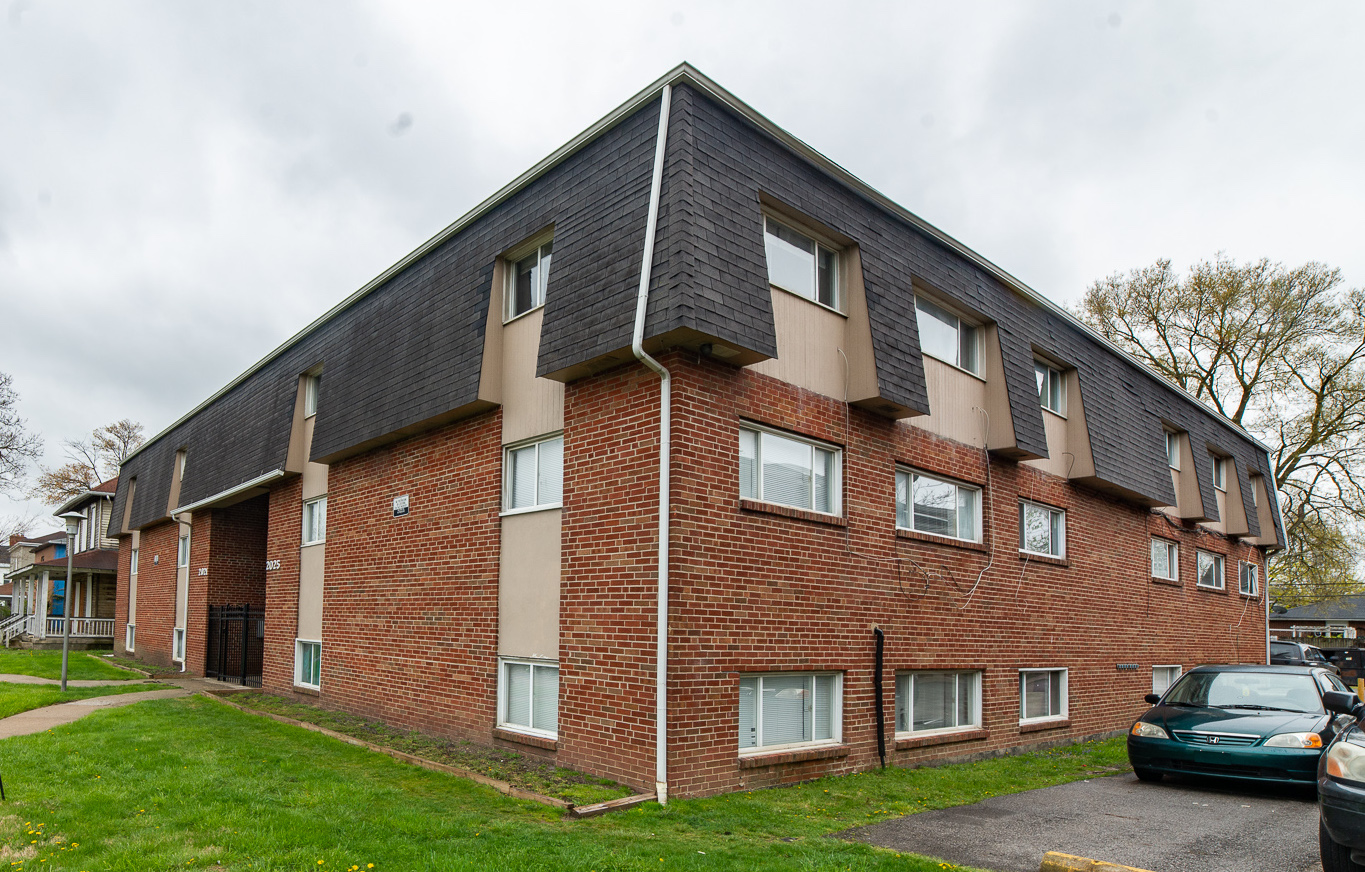
An important pillar to Spring Tide’s investment thesis is the ability to create value by repositioning assets for improved long-term cashflow generation. The extent of repositioning varies throughout each portfolio, balancing the fact that more involved repositioning brings greater risk and demands greater attention, but also generates greater rewards for those who execute well. We rarely come across investors who effectively turn distressed assets into money-makers. However, we have identified several common pitfalls that owners encounter, often involving shortsighted management, that can easily be overcome to generate outsized returns.
Here, we examine four keys to effectively repositioning workforce housings assets, which can be applied across the full spectrum from light-turn scenarios to heavily-distressed properties.
- Ensure Adequate Capitalization. The most common problem we run into is owners running out of capital. They either underestimate the Capex requirement (both cost and time) or spend too large a portion of capital on the purchase price, which leads to cut-backs on much needed investment into the property. When this happens, the death spiral begins, often very soon out of the gate. Even a stable property is ill-suited to produce more income without some capital investment and, particularly with distressed assets, the investment thesis cannot be realized.
- Avoid Being Short-Sighted on Your Tenant Base. It can be a tempting proposition: loosen your application criteria to more quickly fill units and bump occupancy. Cash today is better than cash tomorrow, right? Not always true! Not only will bad tenants stop paying, costing lost rent and eviction charges, but they will often cause damages and make the property less desirable for those tenants you do want. Be selective, and more importantly, be patient in order to reposition the property with the right tenant base. After all, your tenant base is truly the lifeblood of your property.
- Develop Generational Assets. We advertise a typical five-year hold period for Spring Tide assets, and in doing so must be confident that our properties are built to last. That’s why physical repositioning means more than just “lipstick on the pig.” We ensure we have enough capital to make long-lasting improvements across structural components (e.g., roofing), common area upgrades (e.g., flooring, security), and unit improvements (e.g., flooring, appliances, fixtures). While it may be faster and cheaper to install lower-quality upgrades and to ignore costly structural items, this strategy doesn’t support a multi-year hold. We develop our assets so that we want to own them long-term as they continue to deliver sustained value.
- Don’t Take Your Eye Off the Ball! It’s tempting once you cross the 90% occupancy mark to consider the transition complete, but beware – just as quickly as you take your focus away, an asset can begin to develop the same destructive trends that you’ve fought hard to overcome. This could mean unruly tenants that create an unappealing living environment, or management oversights that lead to trash accumulation, unresponsiveness to ongoing maintenance needs, and poor rent collections, to name a few. Make sure that you or a trusted team member is taking at least a weekly pulse check of the property and addressing these value-destructive trends quickly.
Sound asset selection and consistent operating capability is key to our investment thesis and what we call our “Right To Win” in this space. Spring Tide acquires properties that we believe we can turn into generational assets if repositioned correctly. By bearing in mind these four keys, we ensure upfront execution that yields smoother ongoing operations during the remainder of the hold.
View or download this post as a PDF: Investor Insight: 4 Keys to Effectively Repositioning Workforce Housing
